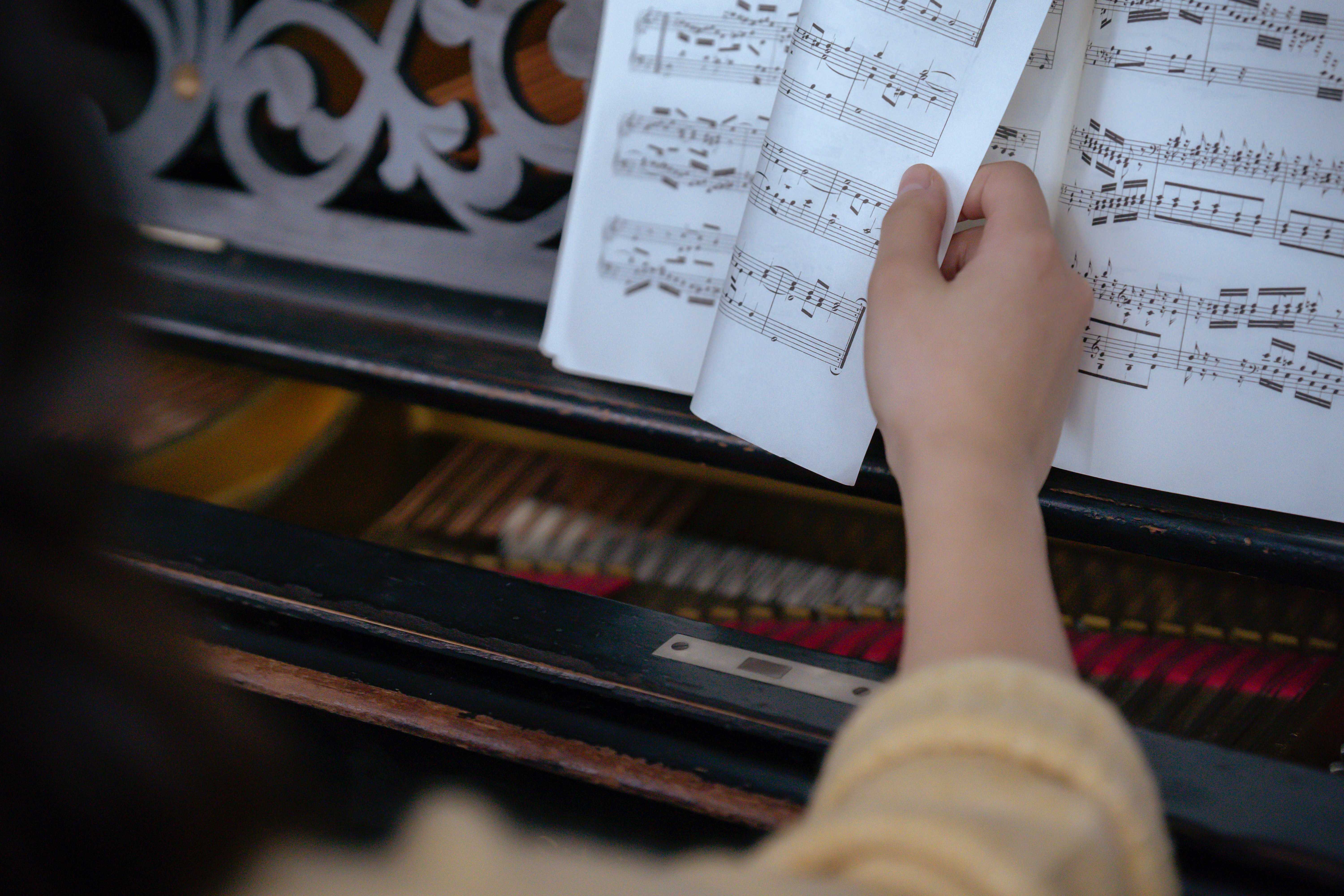Prior to the development of linear notation, music education was limited to mechanical aural learning. This created a major obstacle for the preservation of music heritage and for the educational process of musicians. Only liturgical music could be passed down in this manner, but it also was in danger of getting lost due to its purely aural tradition.
For a long time the only form of music fixation was neuma - markings that did not indicate pitch or length but only served as a reminder to the singer of an already previously memorized melody.
Everything changed with the appearance of solmization - a brilliant invention of a Benedictine monk Guido Aretino. Each step of the diatonic tone system was coupled with a syllable from the first verse of Holy Joe hymn. The resulting system is known to everyone - by the 17th century si was added to the initial syllables ut, re, mi, fa, sol, and la, anchoring the system for widespread use in Europe and beyond.
The invention of solmization also led to the first practical method of conducting, known as “Guido’s hand”. A choirmaster turned his left palm towards the singers and used his right index finger to point to a particular finger joint of his left hand, indicating to the singers the interval they should sing. The five fingers of Guido’s hand gradually transformed into a five-line staff which we use to this day.
Nowadays music education faces new challenges: quite frequently, music lessons can only be held remotely. SoloApp is an online video-conferencing service which prioritizes high quality audio transmission. In contrast to the common video conferencing apps which prioritize immediacy of conversational experience over audio fidelity by often over- compressing or even desynchronizing audio stream, SoloApp can achieve high bitrate stereo sound with minimal to no distortion in minimalistic UI tailored for musicians by musicians.
